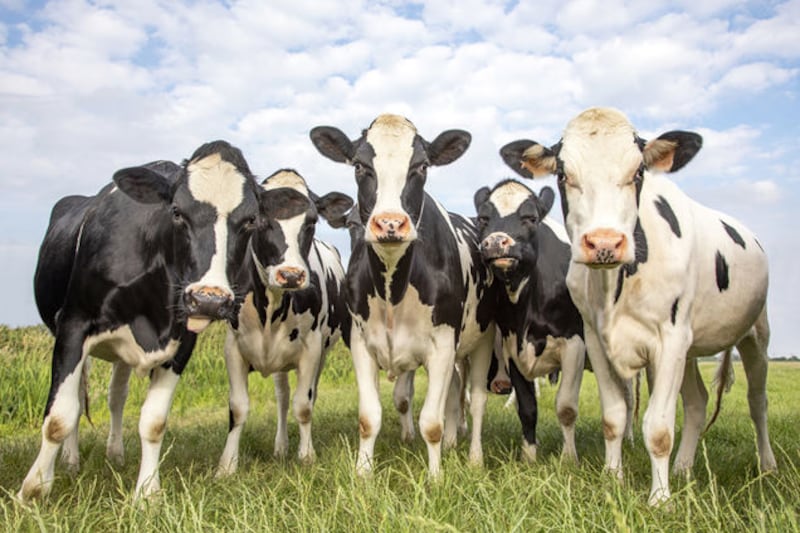A Stormont department has reversed a policy on agricultural pollution put in place by Edwin Poots following the threat of legal action by an environmental watchdog.
The Department of Agriculture, Environment and Rural Affairs (Daera) has abandoned its standing advice on ammonia impacts for farmers making planning applications for livestock housing.
The department described the move, which was approved by Daera’s permanent secretary, as a “departure from the direction” set by Mr Poots.

Northern Ireland’s agriculture sector is responsible for more than 95% of the region’s ammonia emissions, which have a damaging impact on sensitive habitats and biodiversity, as well as human health.
In May, the UK-wide Office for Environmental Protection (OEP) launched its first investigation in Northern Ireland, examining the planning advice Daera provided to councils on ammonia emissions.
The OEP last month put Daera on notice of a potential legal challenge regarding the advice, which exceeds safe levels by more than 300% at some of the region’s protected habitats.
The department said the Northern Ireland Environment Agency (NIEA) would “instead provide planning authorities with case and site-specific advice, on a case-by-case basis, until such times as a new ammonia strategy and updated standing advice have been agreed and are in place”.

Ulster Farmers’ Union president David Brown said: “Our members are frustrated and angry about the constantly moving goalposts.”
Alliance environment spokesperson John Blair welcomed Daera’s, decision, which he said would “ensure greater compliance with environmental law”.
“Additionally, I hope that future reviews of polices and practices can benefit the environment and protection of nature,” he said.
Friends of the Earth regional director James Orr described ammonia pollution as the north’s “dirty secret”.
“They also need to publish a new policy instead of the absurd ad-hoc approach on dealing with pollution on a case-by-case basis especially when they have a legal duty to assess pollution on a cumulative basis.”









